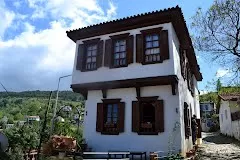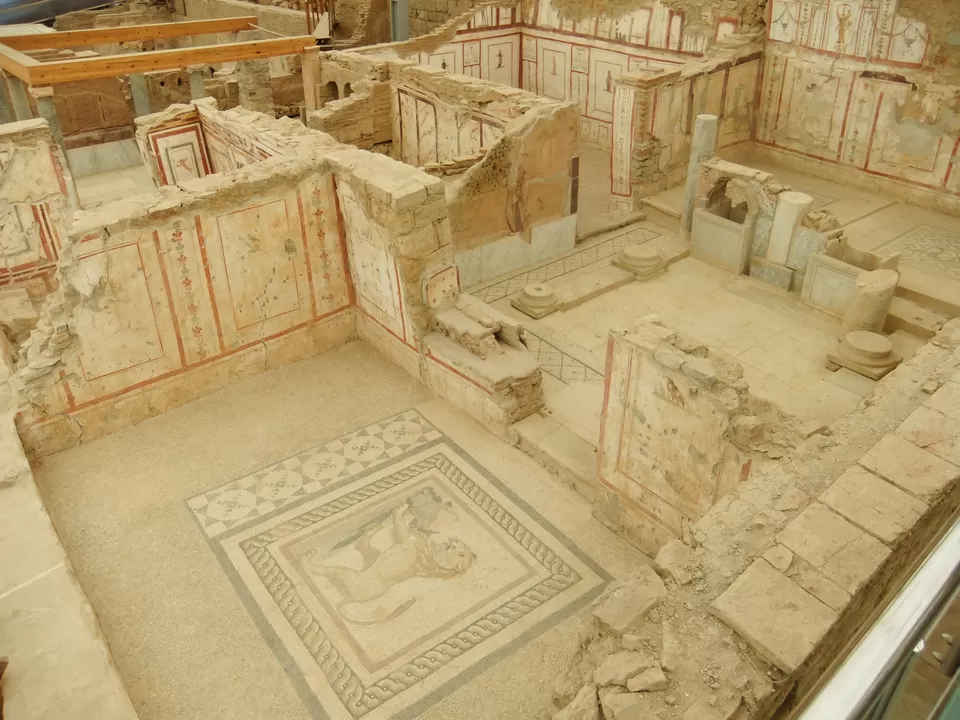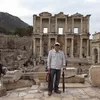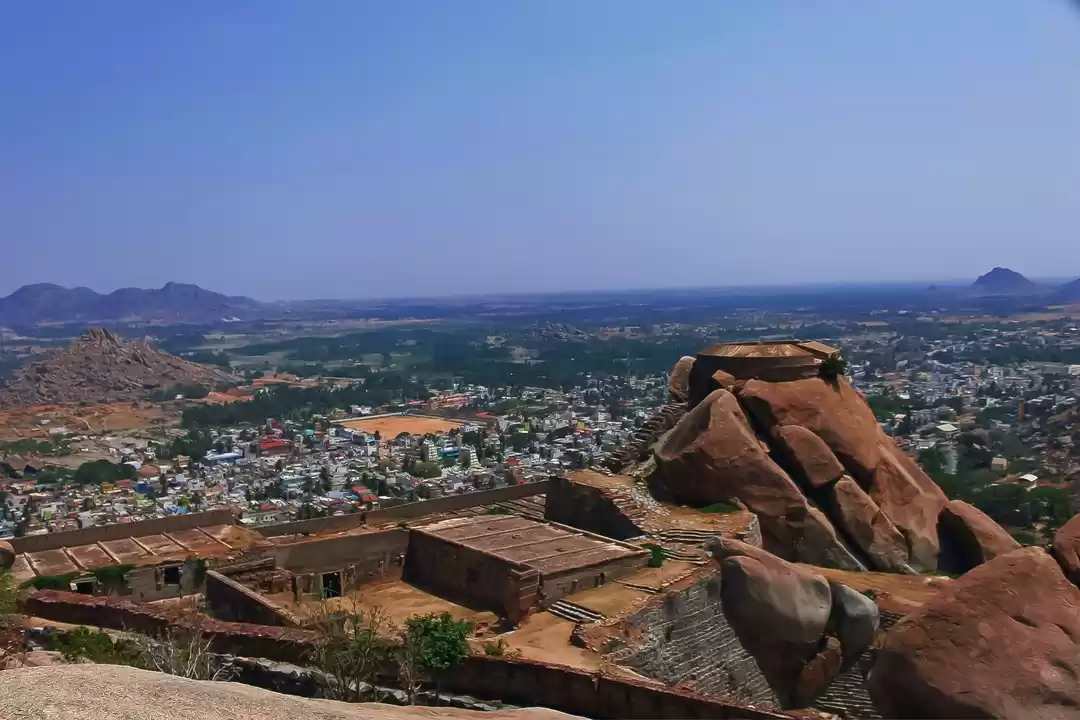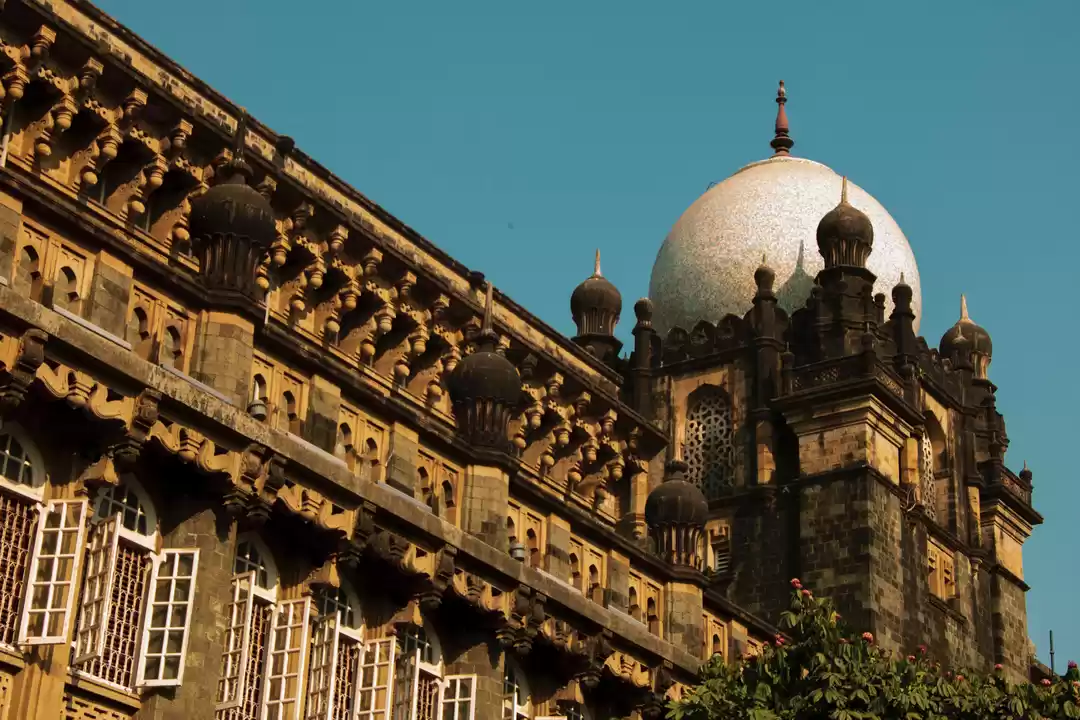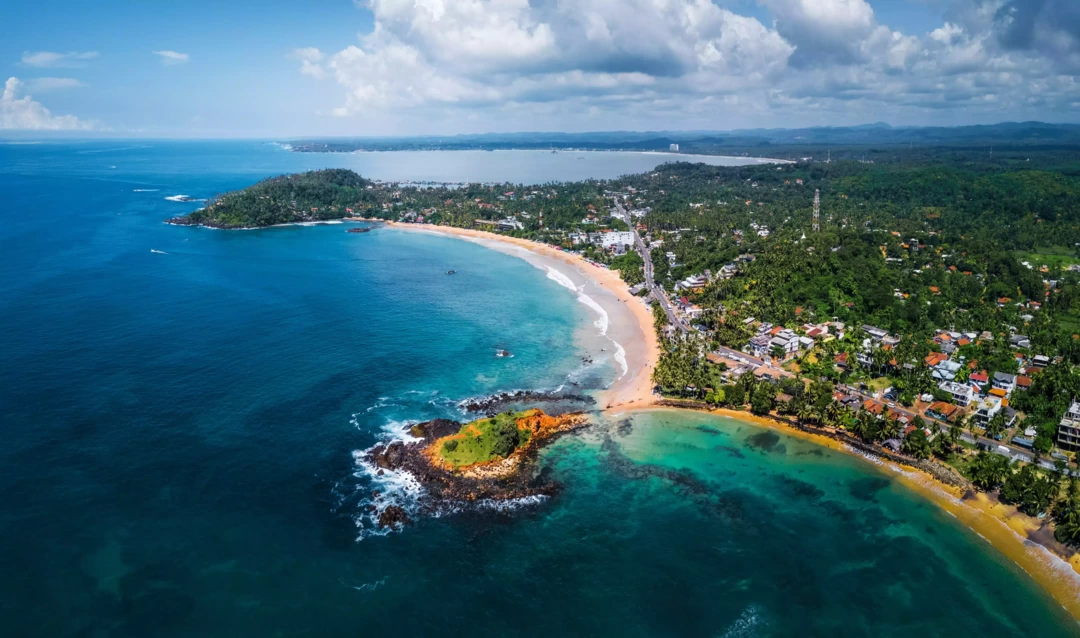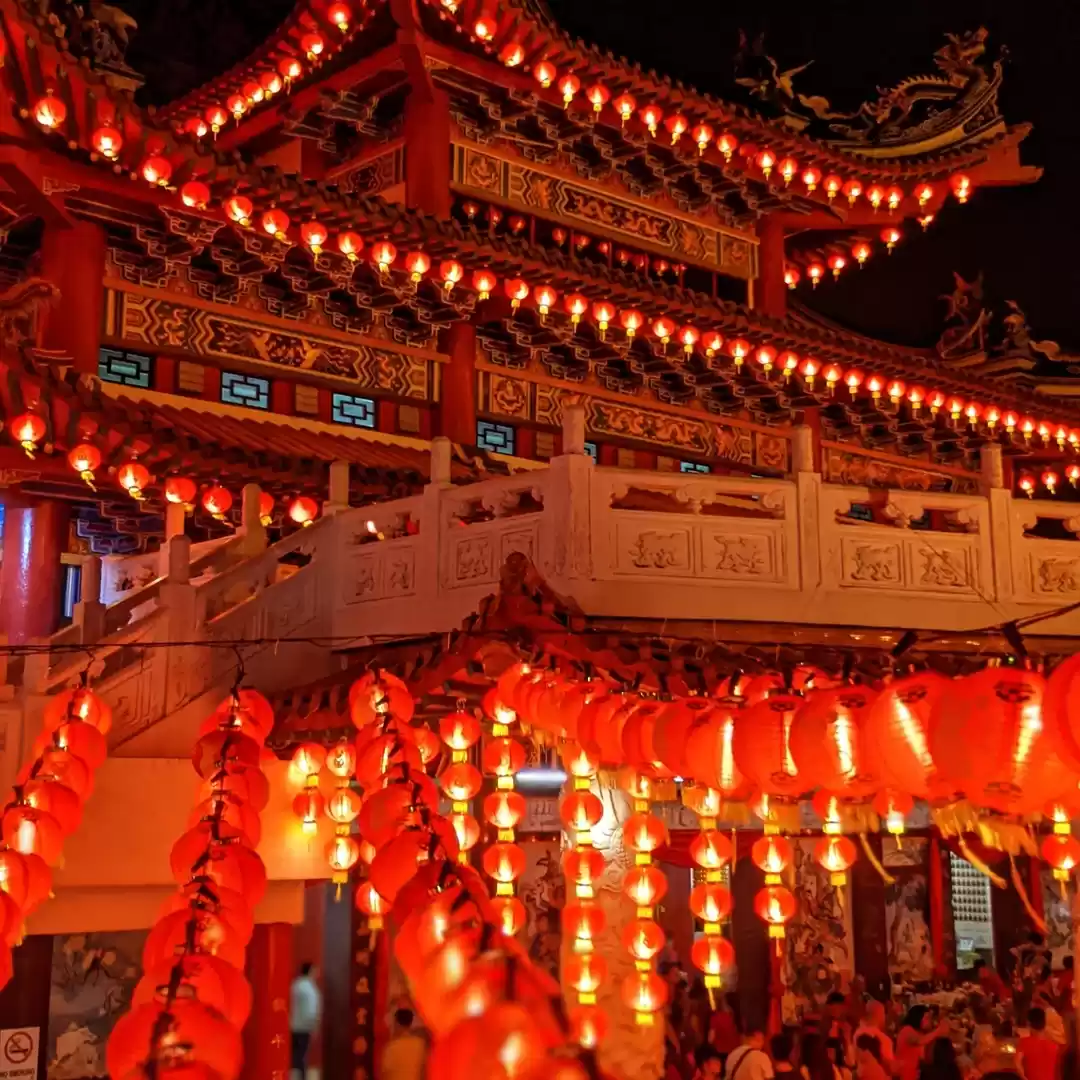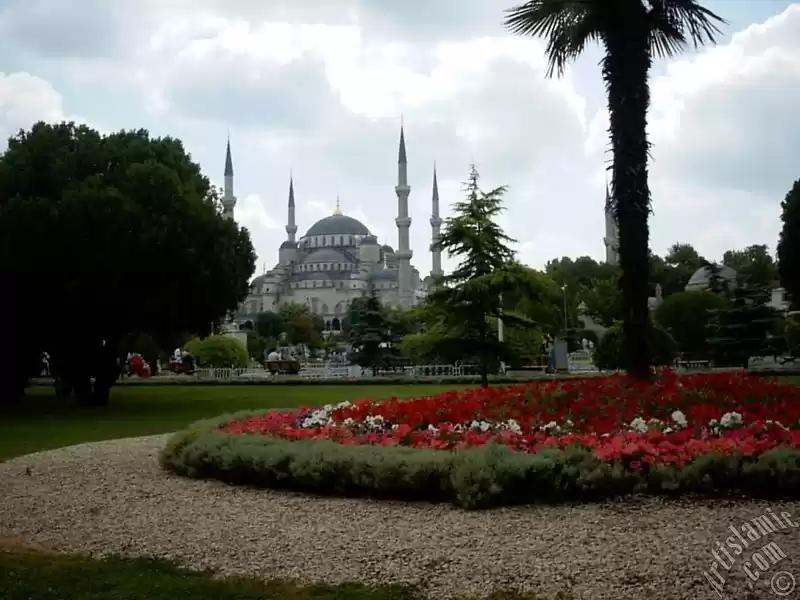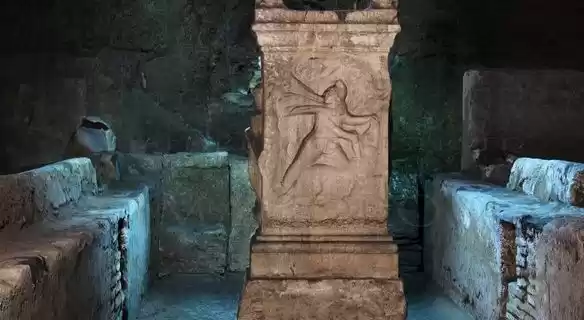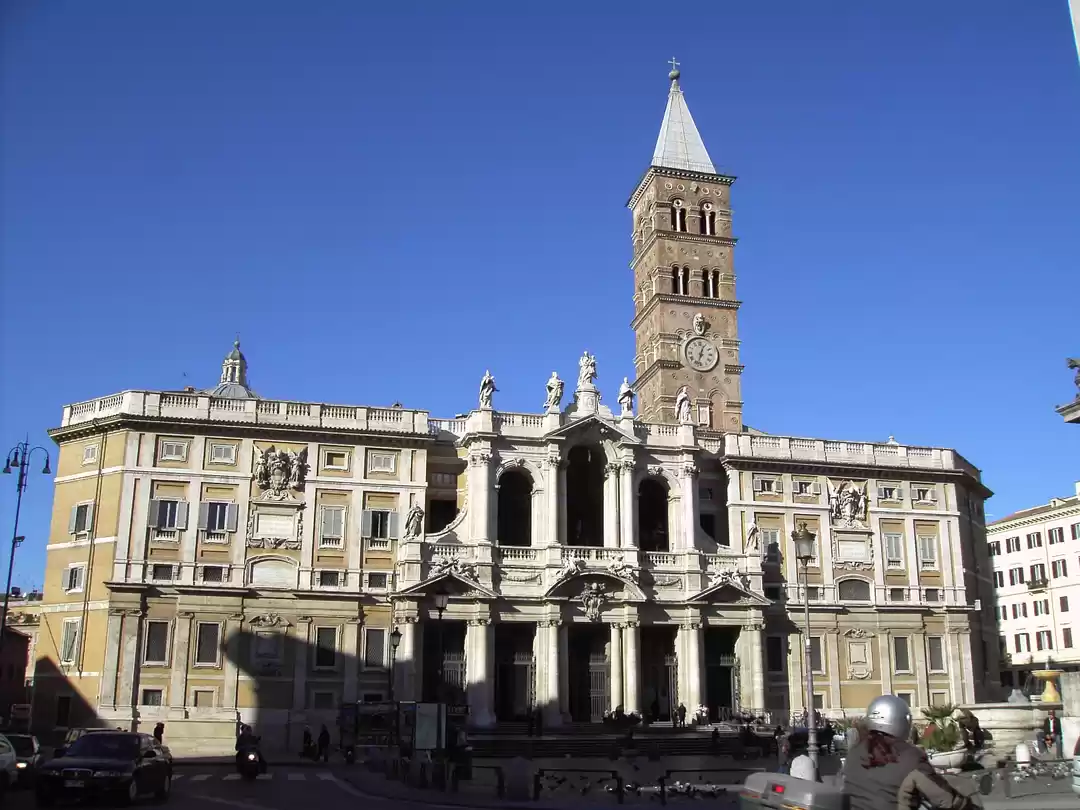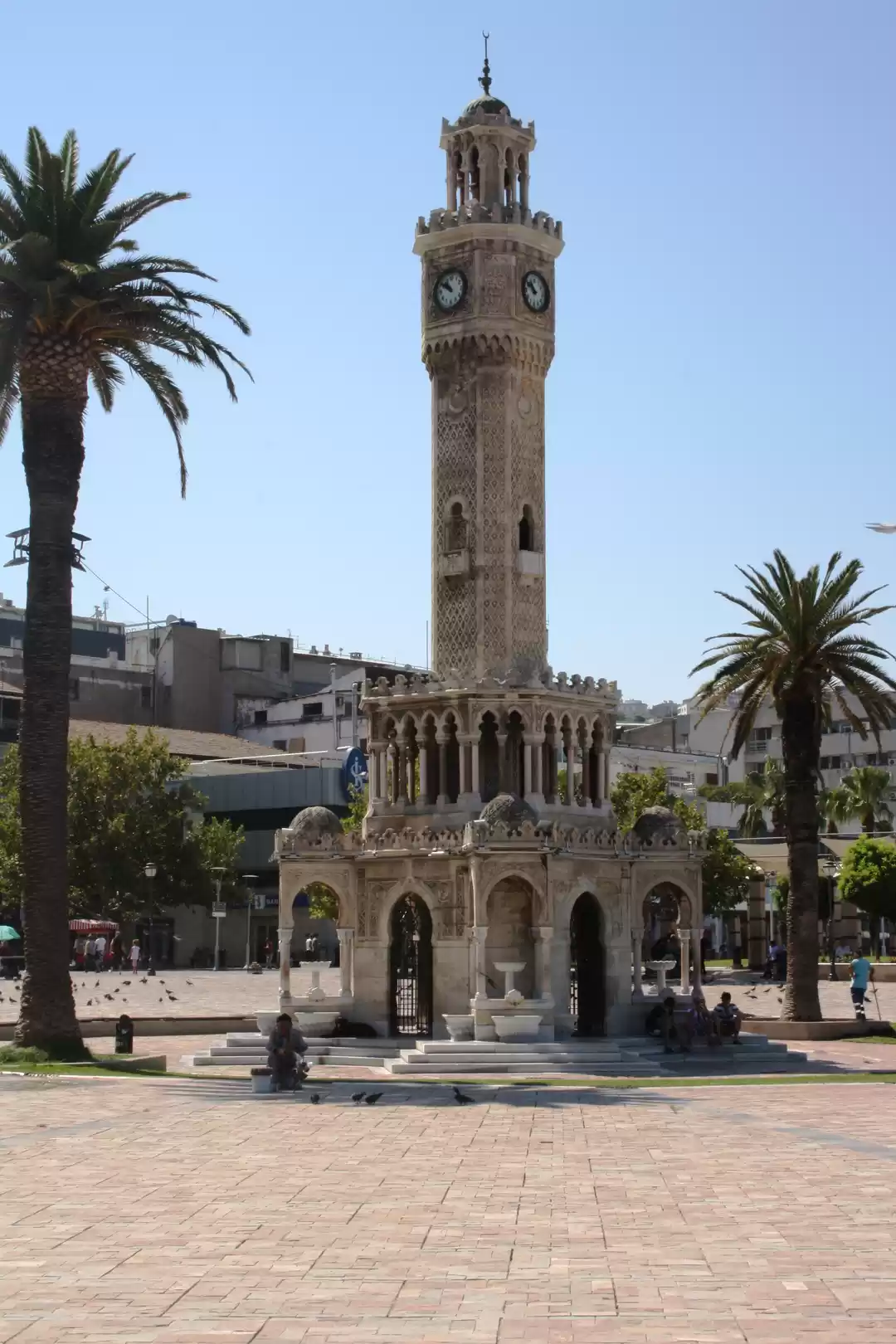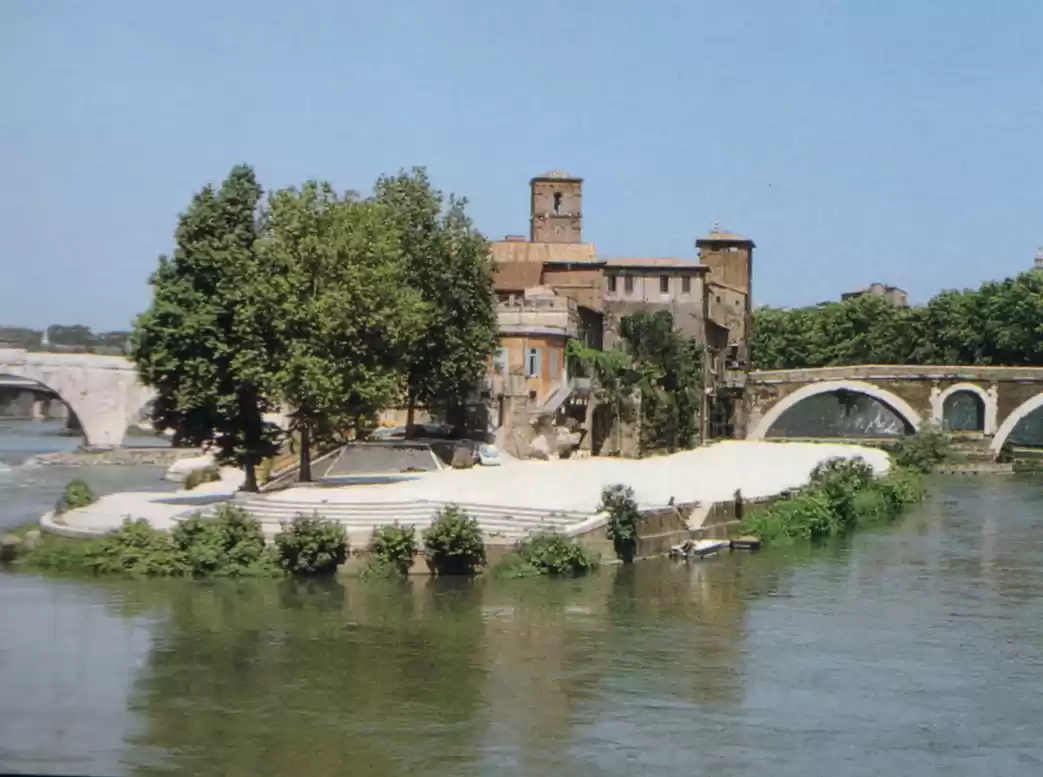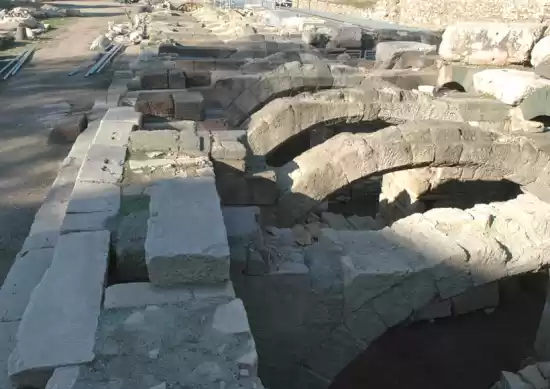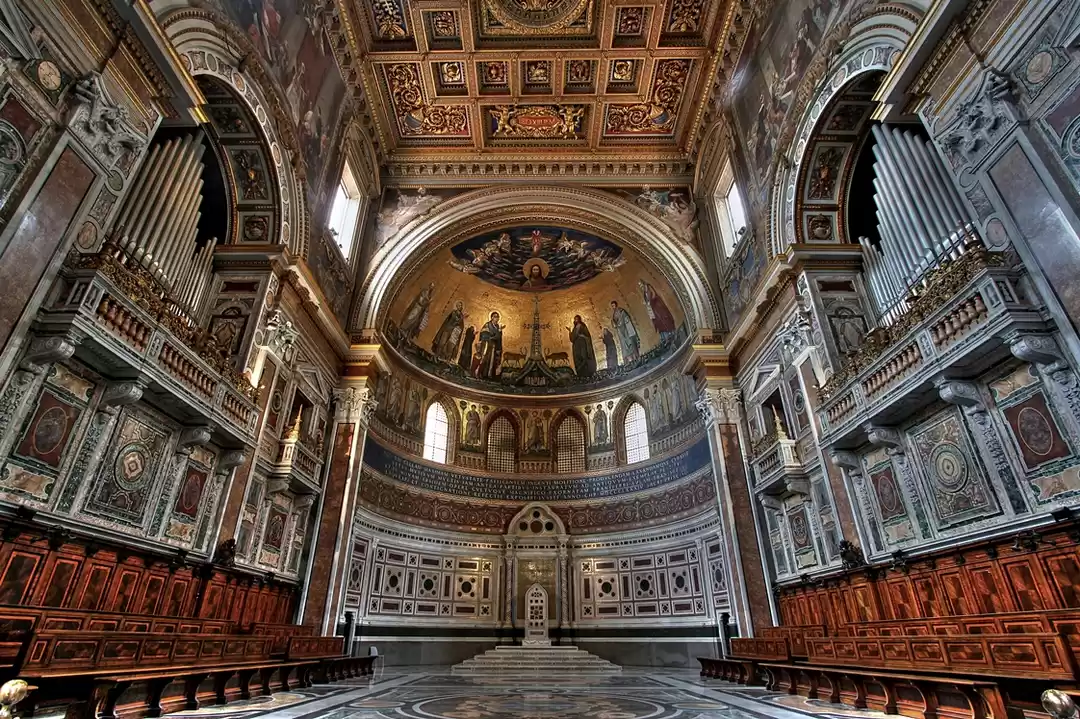



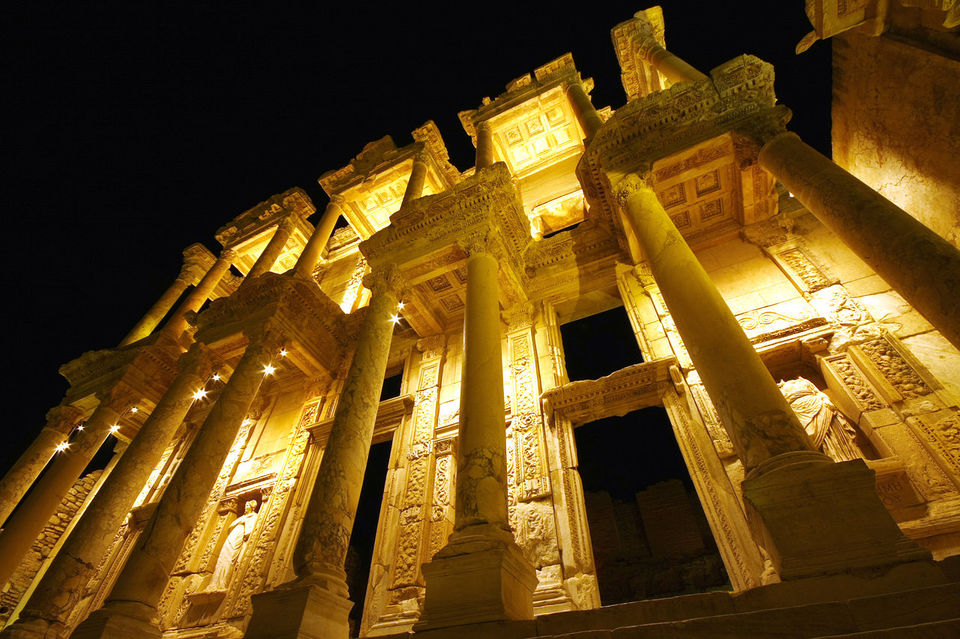

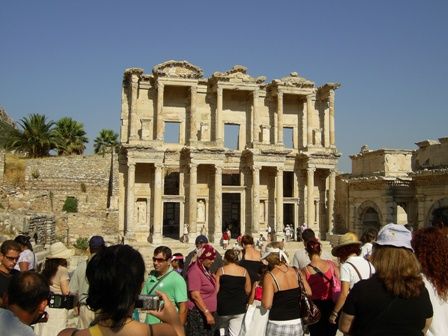
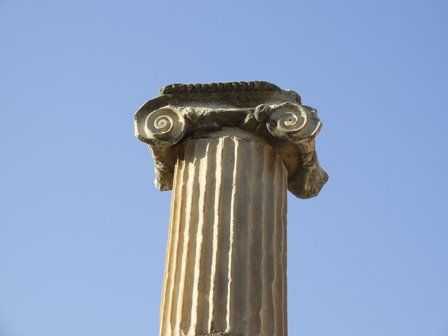
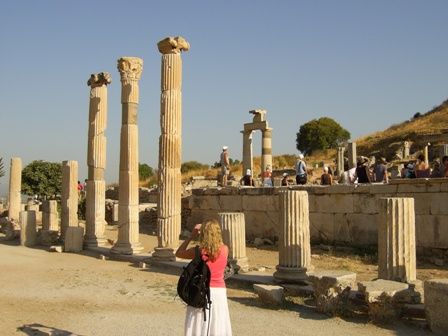
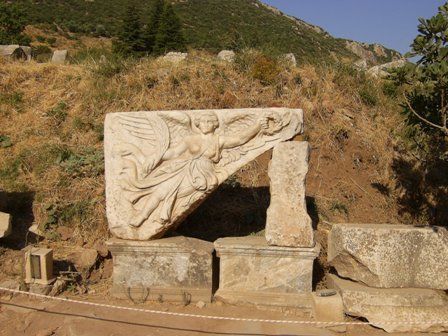
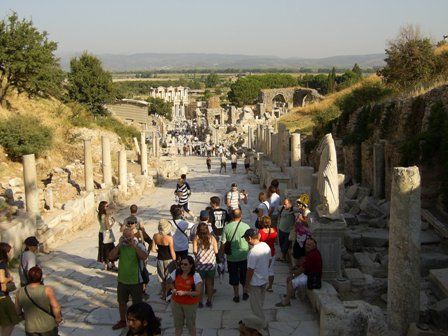
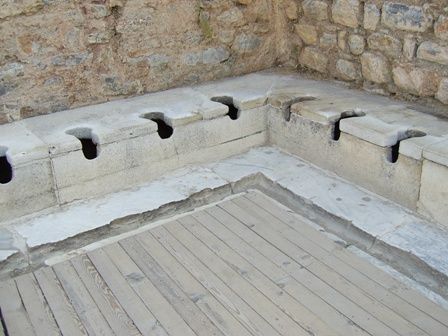

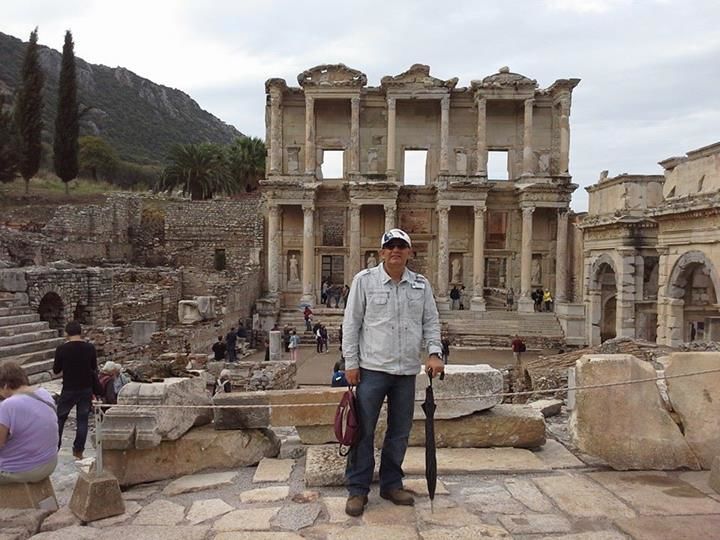
A Private Full Day Ephesus Tour
Tour Program: 7-8 hours (approx.)
Places to see:
- Ephesus
- Terrace Houses (optional)
- House of Virgin Mary
- Temple of Artemision
- Basilica of St. John
Includes Professional licensed tour guide
- All entrance fees
- Private air-conditioned transportation
- Lunch
Excludes
- Drinks
- Tips
Driving from the pier through the countryside along a hilly drive, you arrive at the House of Virgin Mary where the Blessed Virgin is reputed to have spent the last years of her life. The site was made famous by the travels of Pope Paul VI and Pope John Paul II. in November of 2006, Pope Benedictus the 16th paid an official visit to the House of the Virgin Mary. Outside is the Fountain of Our Lady, providing the faithful water from the holy foundation.
From there, a short drive will take you to the entrance to the Ancient City of Ephesus, built on a small hill. Once you enter the Opearchen Air Archeological Museum of Ephesus and pass by the Magnesia gate, you will enter the administrative section of ancient Ephesus. The guided walking tour will take you through one of the most magnificent excavations in the world. See the Odeon, the Fountain of Trajan, the steam baths of Scholastika, the temple of Hadrian and the impressive library of Celsius. The Grand Theater, where St. Paul preached, is one of the largest theaters in antiquity with a capacity of 24,000 seats.
You will also visit Terrace Houses of Ephesus inside the ancient site, which is considered as an exclusive museum in Ephesus, located on the slopes of Bulbul Mountain, opposite the Hadrian Temple. Also called as "the houses of rich", these houses belonged to the important and prominent people of Ephesus. The terrace houses contain great engraving, mosaics, sections, floors, representing the lifestyle of the rich Ephesians who used to live in these apartments. You will visit the inner sections of these houses in which excavations still continue. The most ancient of the houses were built in the first century BC, and most of the houses were restored in the second century AD. The houses seem plain from outside, but inside were constructed with the highest standards of their era. They are decorated with mosaics and frescoes, and have interior courtyards in the center, with the ceiling open. The houses also have cold and hot water usage to give you an idea about the quality of life in Ephesus. The visit to the Terrace Houses will give you a clear idea about the Ephesians and their way of life.
At the Ephesus Archeological Museum, you'll be escorted through the 9 exhibits tracing the religious and chronological history of the ancient city. Filled with attractively displayed mosaics, statuary, and other artifacts, the museum exhibits several marble statues of the Mother Goddess Artemis, goddess of nature, childbirth, and the harvest. Combining the information at the Open Air Museum and the Archeology Museum will give you a very fulfilling idea of the city of Ephesus and its importance in the ancient times.
Overlooking Ephesus is the remains of St. John's Basilica, a once great church built on a 2nd century tomb thought to hold the remains of St. John. While the church is now in ruins, there are frescoes, mosaics and graceful columns that attest to the glory that marked the place where St. John, the Evangelist, lived and died. The site requires stair climbing at the entrance and walking over uneven dirt, stones and gravel walkways. After your visit, you'll return to Kusadasi.
Remarks*
Walking at the House of Virgin Mary includes approximately 0.50 miles over mostly paved walkways with some inclines to/from the car parking area to the shrine. The car parking area is constructed of uneven gravel/dirt surfaces.
*Visiting Ephesus includes walking approximately 1.5 miles over uneven and cobblestone surfaces, inclines and 100+ steps (mostly at the Terrace Houses). Comfortable walking shoes, comfortable clothing, a hat, sunscreen and insect repellent are recommended. Guests should watch their step at all times in order to avoid injuries.
*Guests must be able to walk approximately 0.5 miles over uneven and cobblestone surfaces, inclines and 10-30 steps in The Basilica of St. John.
*Temperatures can reach extreme highs during the summer months; we recommend that you drink a lot of water and use suitable sun protection.
The House is located on top of BulBul Mt. three miles south of Ephesus. It is believed that Mary together with St. John the Evangelist came to Ephesus and built a house for Mary on top a mountain isolated from the city to hide from Roman soldiers after the persecution of Jesus. The House was restored in 1951 and opened for prayers and pilgrimage.

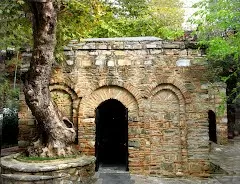
Ephesus is located in Selcuk, Izmir, Turkey. It was one of the most important cities on the Aegean coast of Asia Minor in the ancient world. The history of the city goes back to 3000 BC. The city was ruled by kings until the latter half of the second century BC, when the Romans took over Asia Minor from Pergamene Kingdom.It was a harbor city and also the capital of Roman Asia during the Roman period. The city was also the most important commercial and financial center in the Asian dominions of Rome. Paul made numerous conversions among both the Jews and Greeks during his two visits to Ephesus on his second and third missionary journeys. The total area of the city is nine square kilometers. The fame and prosperity of Ephesus started declining in the second half of the fourth century A.D. Severe earthquakes, which happened between 369-370 AD, devastated the whole city. The city began loosing its importance after the fifth century AD because that tens of thousands of people had died in the earthquakes and the harbor was damaged and silted up by the river Kystros.
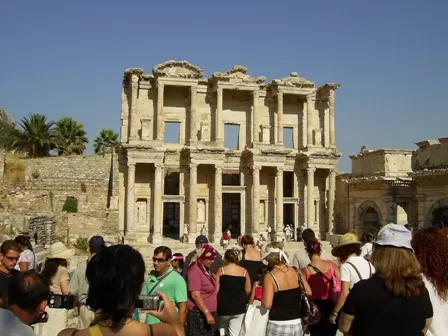
Monument (Basilica) of St. JohnThe Basilica of St. John on the southern part of the Ayasuluk Hill was dedicated to the gospel writer and young apostle whom Jesus most loved. First, a simple mausoleum was built for John the Apostle. In the 5th century AD, a basilica with a wooden roof was constructed on the same site. This basilica became unusable due to the earthquakes in early 6th century AD. Emperor Justinian (527-565) and his wife Theodora built a new cruciform basilica with three naves and six domes.The basilica is entered through the large narthex gate on the western side. The four small columns at the center of the bema belong to the ciborium. During former excavations, three graves were found in the crypt beneath it. The one in the middle of them is supposed to belong to John the Apostle. However, during the excavations, nothing was found in the graves. In fact, it is known that these graves were empty since the 13th century and that sacred relics had been transferred to the Church of the Holy Apostles in Istanbul earlier. The columns surrounding the bema and decorated architraves originate from the Middle Byzantine Period (10-12th centuries). Those and the synthronon were restored in recent years.
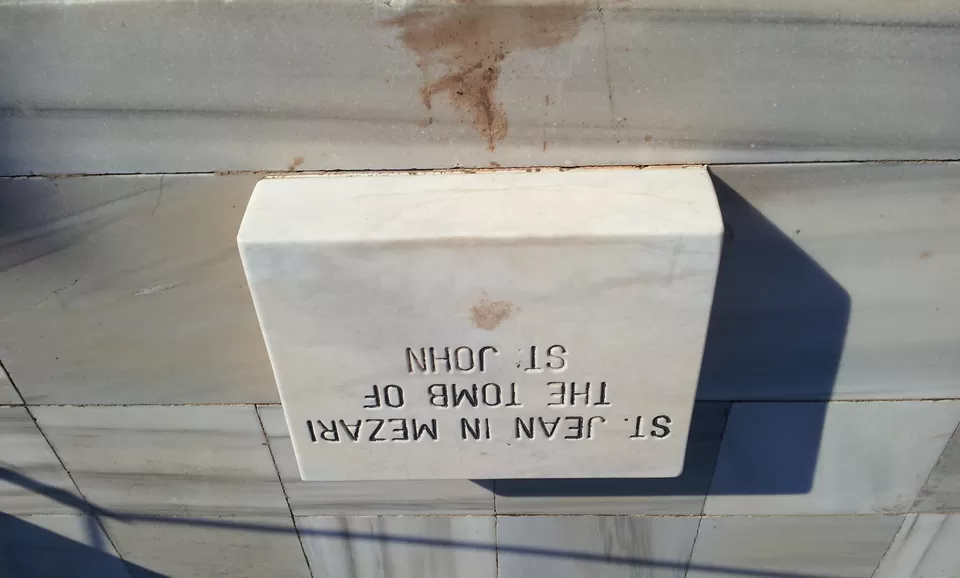
Dedicated to the goddess Artemis, the goddess of wild nature, birth, hunters, love, forests,hills etc. The Temple was built in the 6th C BC. Her cult image in the temple depicted the 'Lady of Ephesus' adorned with multiple rounded breast like protuberances on her chest. The temple was one of the Seven Wonders of the Ancient World.
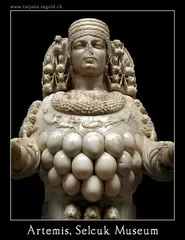

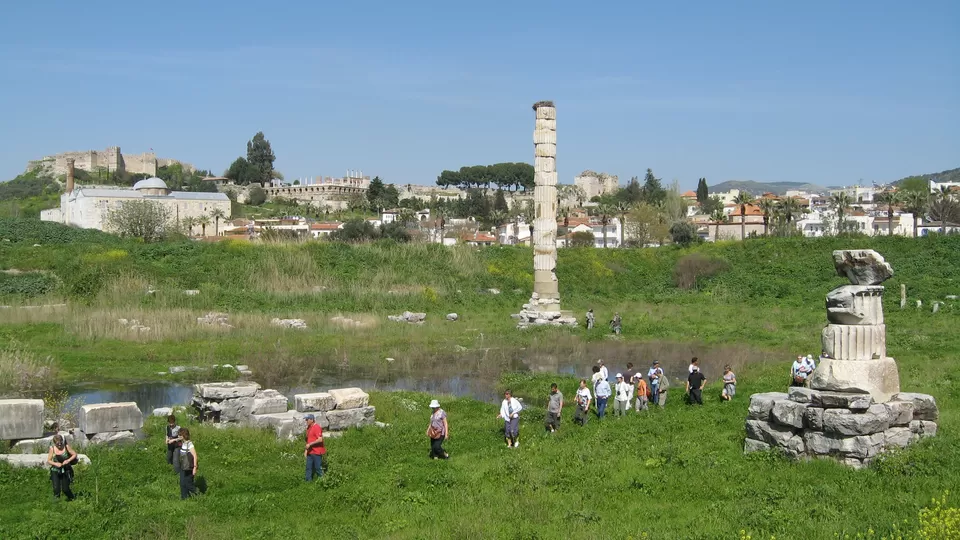

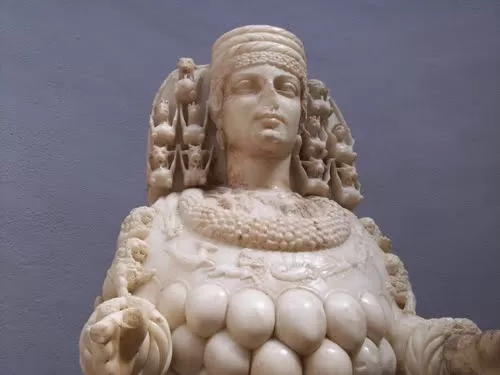
The terrace houses contain great engraving, mosaics, sections, floors, representing the lifestyle of the rich Ephesians who used to live in these apartments. You will visit the inner sections of these houses in which excavations still continue. The most ancient of the houses were built in the first century BC, and most of the houses were restored in the second century AD. The houses seem plain from outside, but inside were constructed with the highest standards of their era. They are decorated with mosaics and frescoes, and have interior courtyards in the center, with the ceiling open.
